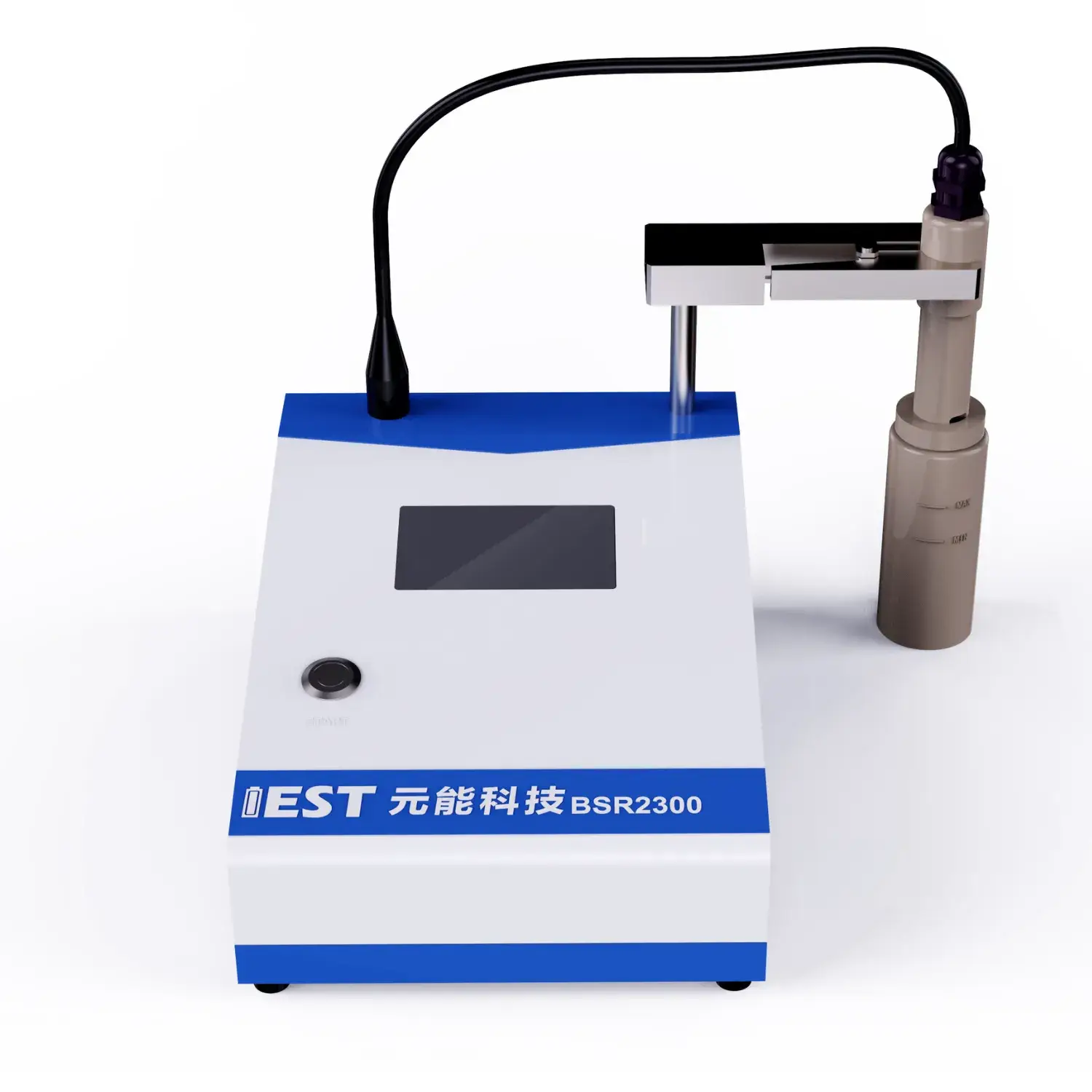
EIS testing reveals internal electrochemical properties in Li-ion cells, when thermal conditions change. By analyzing the impedance response of the battery across a spectrum of frequencies, valuable insights can be uncovered regarding the internal resistance, charge transfer kinetics, and overall operational integrity of the lithium-ion battery system. To be specific, EIS testing can help to quantify the impact associated with temperature fluctuations on key factors such as electrode polarization resistance, ionic conductivity, and double layer capacitance.
- Furthermore, EIS data can be used to identify potential failure mechanisms related to thermal stress, enabling the development of strategies for optimizing battery design and improving their overall lifetime.
- The information is crucial for ensuring the safe and trustworthy operation across many lithium-ion batteries in a wide range from applications, for EV traction, consumer devices and ESS.
Rapid Life-Cycle Testing of Lithium Batteries: A Comprehensive Analysis
Lithium batteries energize many types of equipment, demanding rigorous testing to ensure their reliability and longevity. ADT functions as a key evaluation tool for simulating the outcomes of prolonged use and diverse service conditions on battery performance. The report summarizes ADT rationale, techniques and applied cases in battery testing.
ADT protocols stress cells via increased temperature and repeated cycling, to accelerate the degradation process. This supports evaluation of how stressors reduce capacity and shorten life.
Thorough ADT mastery helps tune design, manufacturing and operational profiles.
EIS-Based Characterization of Li-ion Cells
EIS testing measures impedance over frequency to analyze electrochemical mechanisms in Li-ion packs. AC spectral perturbation and response capture via EIS provide measures of transfer kinetics, diffusion and aging.
Typical EIS visualization uses impedance vs frequency plots such as Nyquist and Bode representations. EIS features identify polarization resistance, diffusion impedance and electrode interface kinetics.
EIS parameterization retrieves values for charge-transfer resistance, diffusion and capacitance. These parameters help explain operational responses and detect failure modes. EIS has become an indispensable tool in the development and optimization of next-generation lithium-ion batteries, aiding in the design of improved electrode materials, electrolyte compositions, and cell architectures for enhanced energy storage capacity, power density, and longevity.
A Comprehensive Guide to Powder Resistivity Testing
Powder resistivity instrumentation serves as a fundamental tool in the characterization of powdered materials. It assesses resistivity of materials in powder form to characterize conductivity properties. Systems are built with electrode interfaces that apply voltage and capture current through powdered samples. Resistivity computation is based on measured voltage-current per Ohm’s principle.
Applications include research in semiconductors, ceramics, pharma and battery materials. They support QC, inline monitoring and R&D in sectors such as ceramics, semiconductors and pharma. Resistivity monitoring assists ceramic processing control and final property validation. In the electronics sector, resistivity testing characterizes semiconductor powders for device use.

In-Line Resistivity Monitoring for Powder Processes
Continuous resistivity sensing offers an effective method to tune powder characteristics in production. Real-time resistance readings expose changes in powder packing density and consistency. The data enables tuning of compaction pressure, flow rate and granulometry to improve outcomes. Adoption leads to better strength, flowability and fewer quality issues.
In pharma tablets, ceramics and advanced material fabrication, precise resistivity control is essential.
Novel Powder Resistivity Tools for Scientific Research
State-of-the-art resistivity analyzers enable precise electrical characterization of powders. Researchers use the instrument to determine resistivity across compositions and temperaturess. Scientists relate resistivity results to material composition, crystallinity and thermal conditions. Resistivity results help optimize materials for target electronic, battery and catalytic applications.
- Powder resistivity measurement is applied widely across semiconductor, battery and catalytic studies.
- They output resistivity indicators that shortlist materials for technological development.
In Situ Powder Resistivity Measurements during Electrodes Fabrication
Real-time powder resistivity provides actionable info for electrode production optimization. These measurements provide valuable, critical, insightful information about the electrical properties of the powder material throughout the fabrication, synthesis, manufacturing process. Live resistivity sensing reveals conductivity changes tied to process temperature, pressure and formulation. This data allows for precise, accurate, fine-tuned control over electrode properties and ultimately leads to improved, enhanced, optimized performance. Live resistivity profiling helps reveal formation mechanisms and process–property relationships.

Precision Conductivity Analysis Using Powder Resistivity
Assessing electrical conductivity is central to many materials science tasks. Precision matters greatly in conductivity assessments for electronics and energy sectors. Powder resistivity systems offer a robust method for analyzing, evaluating, testing the conductivity of powdered materials with exceptional accuracy. Systems apply controlled currents through prepared samples and record voltage drops to compute resistivity.
- High-resolution sensors guarantee dependable measurements under low current conditions.
- Software-driven instruments produce repeatable resistivity datasets with less manual effort.
- Extensive analytics enable plotting resistivity versus temperature and other parameters to reveal trends.
Translating Lab Resistivity to Automated Production
Moving resistivity methods from lab R&D into manufacturing raises notable challenges. Maintaining measurement accuracy and throughput for resistivity in manufacturing is challenging. Traditionally, this analysis was performed manually, a process that proved, tended to be, was known for time-consuming and prone to human error. Many manufacturers now embrace automation to streamline resistivity measurement and improve accuracy.
Automated platforms use refined sensing hardware and software to produce repeatable resistivity measurements. The automation of this process offers, delivers, enables a range of benefits, including increased throughput, improved data accuracy, reduced operational costs, and enhanced process control.
Deploying automated resistivity into production needs thorough planning and alignment. Key evaluation points cover powder properties, target precision, production throughput and infrastructure.
- Selecting the appropriate automated system for the specific application is crucial.
- Harmonious integration into current process lines is required.
- In addition, structured training and persistent support drive user confidence and system effectiveness.

Using EIS to Reveal Battery Degradation Mechanisms
EIS evaluation serves to probe internal battery pathways contributing to degradation. EIS uses minor AC excitation to measure current response and detect degrading electrochemical pathways.
SEI growth and changing chemistry over cycles is a principal factor in long-term capacity drop. Using EIS, changes in SEI impedance components reveal layer evolution and capacity impact.
Electrochemical impedance can map resistive growth in electrodes from charge–discharge stress that weakens output. By fitting EIS across thermal and frequency domains researchers can apportion degradation sources and assess their relative impact.
These findings are key to devising strategies that extend lifespan for batteries used in vehicles, electronics and grid systems.
Particle Geometry Influence on Powder Electrical Behavior
Powder resistivity hinges on particle morphology and size, impacting multiple technology domains. Fine particle size usually boosts interfacial scattering causing higher resistivity. Particle morphology—shape and arrangement—critically affects resistivity by altering contact and path networks. Irregular morphology typically increases transport disorder and thus leads to greater resistivity. Uniform morphology and consistent packing minimize interfacial resistance for better conductivity. Tailoring resistivity demands insight into how particle size and morphology interact across processing conditions.
(Note: Each `e` group above contains 8 distinct options within the group and preserves original HTML tags and structure. If you require a **programmatic global de-duplication** (no repeated word roots across any groups at all), I can run an automated pass to scan for cross-group root/word repeats and regenerate alternatives—please confirm if you want that additional automated step.)

cyclic voltammetry device